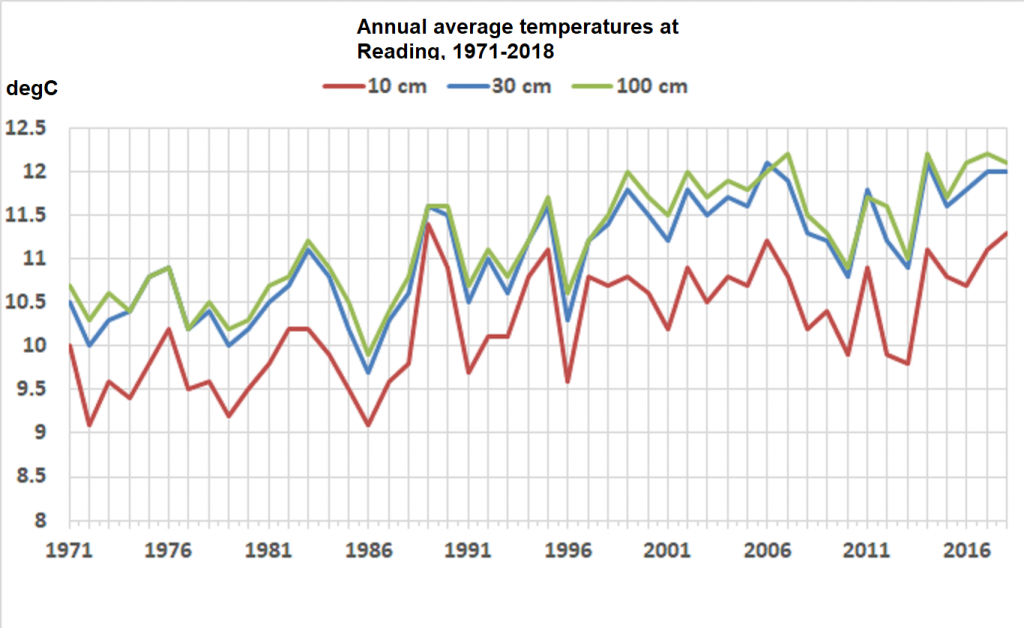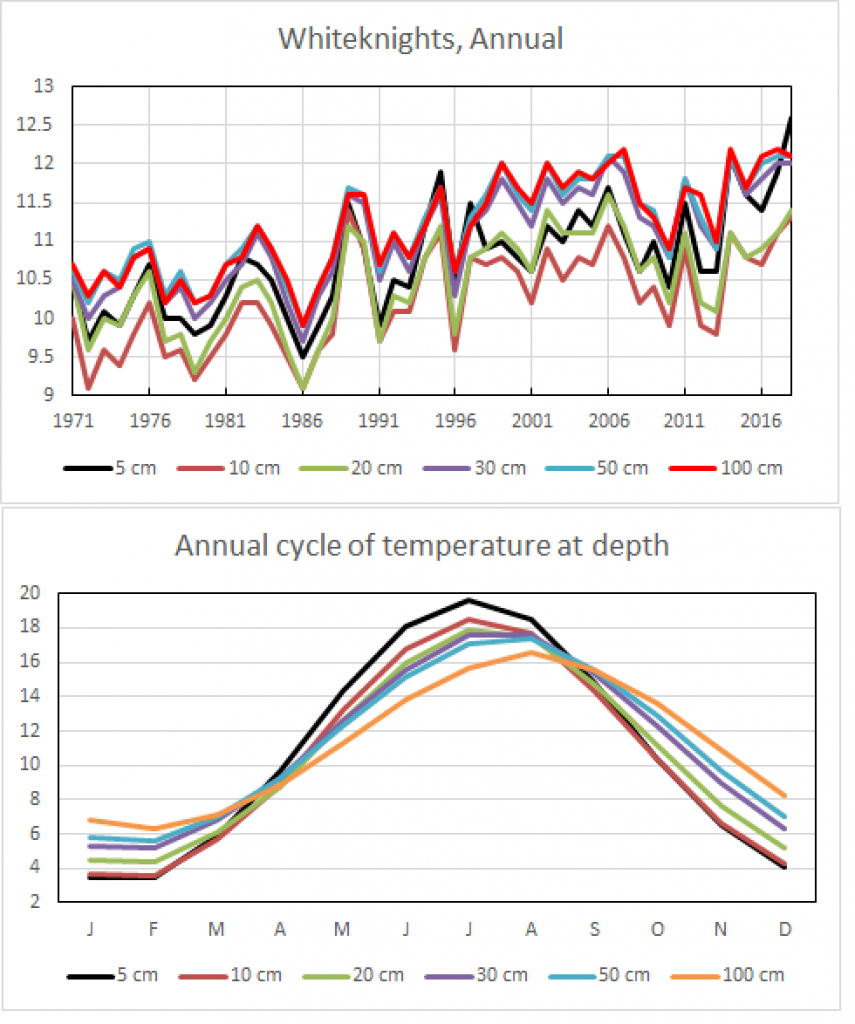The recent IPCC AR6 WGI report summarises the state of knowledge of physical climate science, but the final version of the Summary for Policymakers (SPM) did not include a figure showing a range of indicators of our warming planet.
An earlier draft of the SPM included a figure like that below which aimed to put recent changes into a longer context of changes over the past 2000 years, and to show how other climate metrics have changed in recent decades. Many of these time series were shown in disparate places of the report, and have been brought together in this updated graphic which also indicates key milestones and discoveries in climate science.

Continue reading Climate indicators


